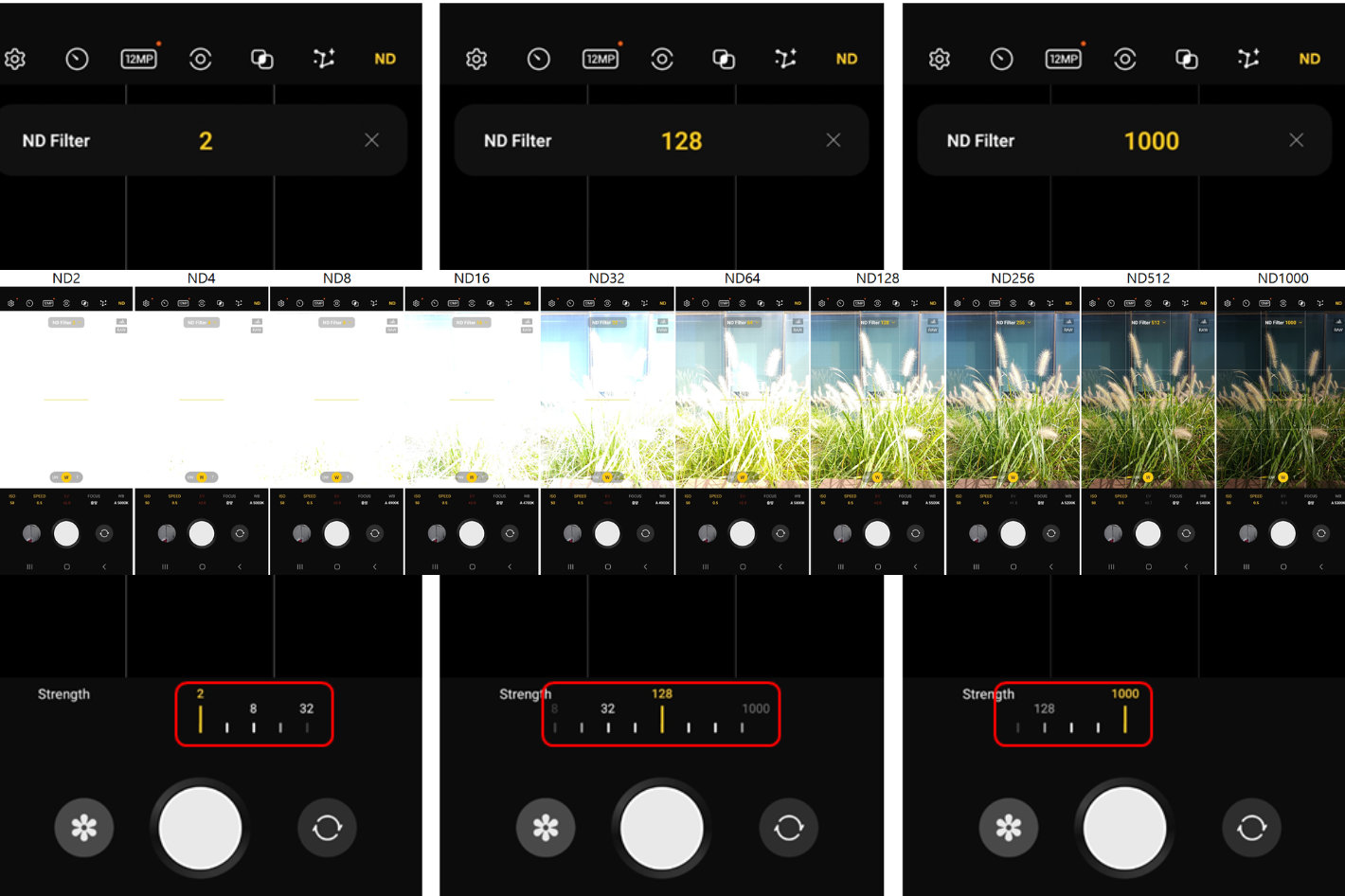
The same people and places that call a prime lens a zoom made me believe my Samsung S22 Ultra was going to get a Digital ND filter through an update to Expert RAW, the photography app developed by Samsung for expanded RAW editing in their smartphones. Most of the news I read pointed to the new feature coming to Expert RAW, but never mentioned a crucial piece of information, which I finally found, published this month, in a page from Samsung.
The note reads: This feature is provided as a beta service for S23 series customers who have upgraded their software version to One UI 6.0. The support model and schedule are currently under review and will be announced when the beta service ends.
Well, I guess I’ve to go back to the old methods, which in fact are more natural than this “Digital ND filter” which deserves some explanation, coming in an upcoming article. It’s irritating, though, that so many websites wrote – and continue to write – that Expert RAW has this new feature, when it’s in fact something limited to a specific series, the S23, and may not be available for all the models. The S23 Ultra has it, but it’s missing on my S22 Ultra, despite having received the Android 14 version and the new Expert RAW.
The advantages of having a ND filter as part of the software inside a smartphone are clear in this case, and the illustrations published here, taken from Samsung’s pages dedicated to the subject, clearly demonstrate what’s possible. It’s, no doubt, a clear invitation for people to do more “long exposures” to express movement, but it is also a way to control exposure in very bright situations.
Having said this, you can also do the same type of work with any smartphone, provided you’ve the necessary ND filter or filters (or a VND or Variable Neutral Density filter), an adapter to use the filter with the smartphone, a tripod, and patience to work out the variables. And you also need to know how it works, something that many smartphone users are not familiar with. I publish with this note two photos that show what is possible to achieve in terms of long exposure using ND filters.
The two photos published here, used to promote my smartphone photography workshops, were taken with a Xiaomi Redmi Note 10 Pro (which I keep using for its fantastic macro), an affordable smartphone from 2021, with a ND filter and a tripod. If a smartphone allows some form of control of the exposure, the technique can be applied, and there is no need for any digital trickery as the one added by Samsung to its S23 series and Expert RAW.
It’s just more convenient having the ND filter as part of the smartphone, although the results are different from those achieved when doing it by hand, when you’ve control of the moment of exposure. For some situations, like waves crashing on the rocks or the sand, it may be important to have control of the exact timing of the shot. But Samsung’s Digital ND filter is a good feature that I would not mind having in my Samsung Galaxy S22 Ultra, to use on some occasions, when a conventional filter is not available. Other smartphone brands may follow Samsung and start to offer “digital ND filters” in their future models too. It makes sense!
